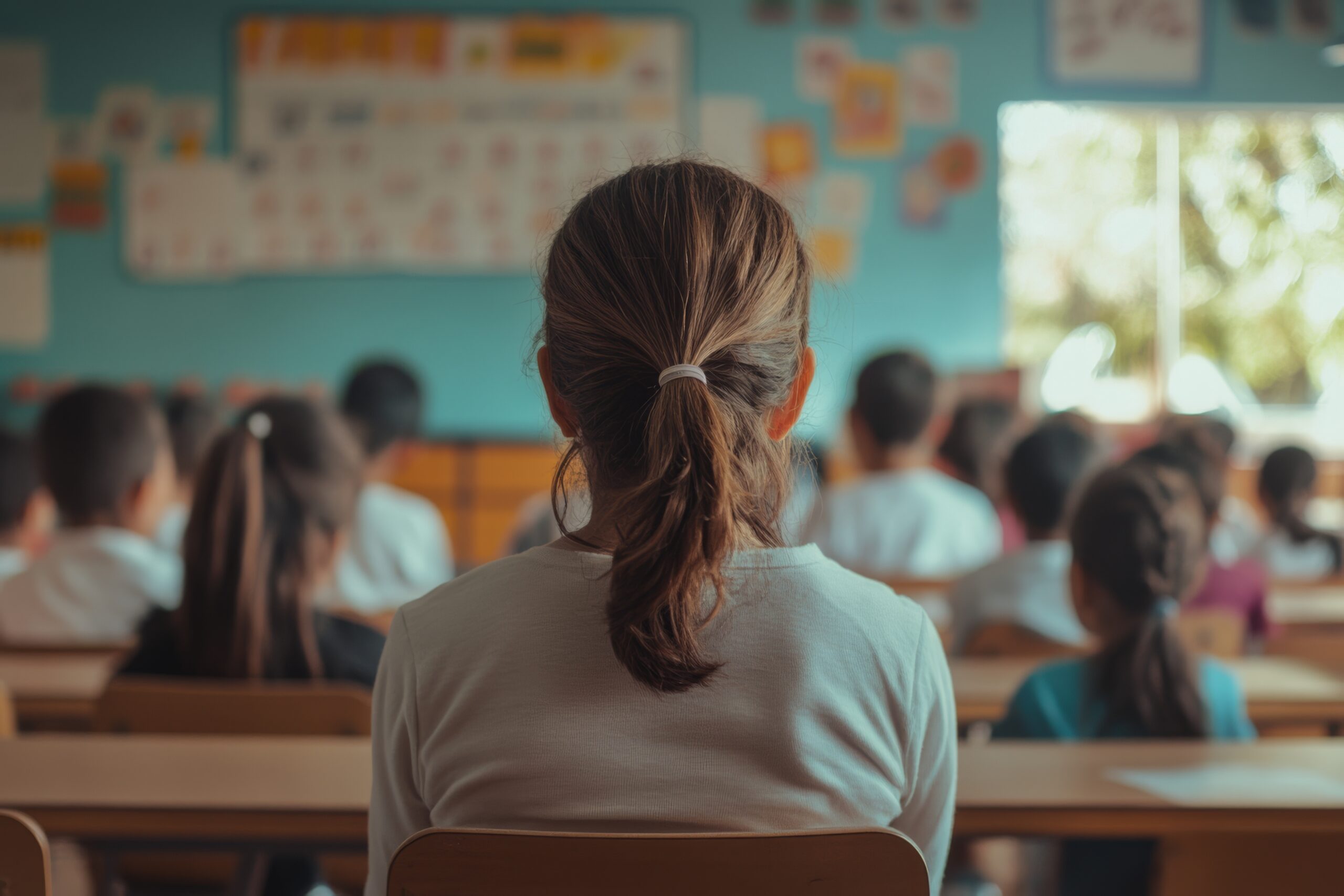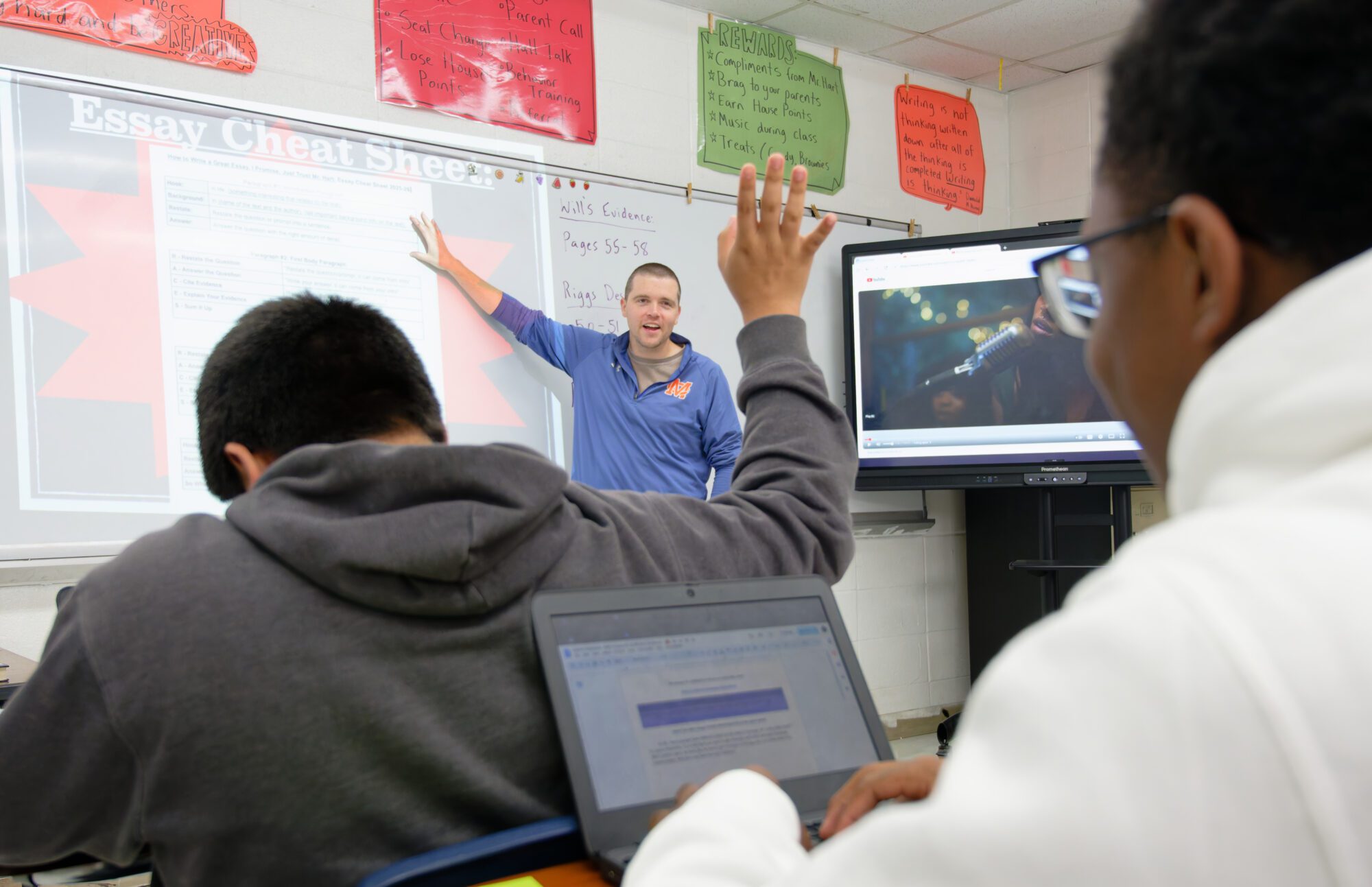Report on Threats to Inclusive Education and Sustainable Development Goals in the United States
Introduction
A recent 95% workforce reduction within the U.S. Department of Education’s Office of Special Education Programs (OSEP) presents a significant challenge to the nation’s progress toward key Sustainable Development Goals (SDGs), particularly SDG 4 (Quality Education), SDG 10 (Reduced Inequalities), and SDG 16 (Peace, Justice and Strong Institutions). This development coincides with the 50th anniversary of the Individuals with Disabilities Education Act (IDEA), a foundational law for ensuring educational equity for over 7.5 million students. The dismantling of OSEP, the primary federal body for IDEA enforcement, threatens the legal framework that guarantees a free and appropriate public education for students with disabilities.
Impact on SDG 4: Quality Education
Undermining Inclusive and Equitable Education for Vulnerable Students
The administrative actions against OSEP directly contravene the principles of SDG 4, which calls for inclusive and equitable quality education for all. IDEA is the primary legislative instrument in the United States for achieving SDG Target 4.5, which aims to ensure equal access to all levels of education for persons with disabilities. By crippling the enforcement capacity of OSEP, the federal government’s ability to monitor state compliance and protect students’ rights is severely compromised.
Potential Consequences for Educational Services
- Funding Delays: Without adequate federal staffing, disbursements of funds to states may be delayed, potentially causing budget crises that impact the payment of essential service providers.
- Halted Investigations: Investigations into complaints filed with OSEP and the Office for Civil Rights (OCR) regarding violations of IDEA and Section 504 may be suspended, denying recourse to families whose children are not receiving legally mandated services.
- Erosion of Compliance: The absence of federal monitoring removes a critical layer of accountability, making enforcement of Individualized Education Programs (IEPs) and 504 Plans at the state and local levels more difficult.
Implications for SDG 10 and SDG 16
Exacerbating Inequalities (SDG 10)
The weakening of IDEA enforcement mechanisms directly undermines SDG 10, which seeks to reduce inequality within and among countries. The law was designed to address systemic inequalities faced by students with disabilities. Without robust federal oversight, the risk of discrimination and unequal access to educational opportunities increases, directly conflicting with SDG Target 10.3 to ensure equal opportunity and eliminate discriminatory policies and practices.
Erosion of Strong Institutions and Access to Justice (SDG 16)
SDG 16 emphasizes the need for effective, accountable, and transparent institutions to promote justice for all. OSEP represents such an institution, providing a mechanism for legal accountability and access to justice for a vulnerable population. Its effective dissolution weakens the rule of law as it applies to special education and impedes the ability of citizens to hold educational systems accountable, a core tenet of SDG Target 16.6.
Recommended Actions for Stakeholder Advocacy
Guidance for Protecting Educational Rights
In light of diminished federal oversight, proactive engagement at the local and state levels is critical. The following steps are recommended for caregivers and advocates to safeguard educational rights in alignment with SDG principles:
- Information Gathering: Formally contact local school district special education offices to inquire about anticipated impacts on funding, staffing, and service delivery.
- Service Monitoring: Systematically monitor for any reduction in personnel, changes in service schedules, or other deviations from a student’s IEP or 504 Plan. Maintain a detailed log of all communications and observations.
- Proactive Engagement: Initiate requests for IEP meetings well in advance of annual deadlines to ensure adequate time for planning and inclusion of external experts. Stakeholders can request a meeting at any time to address concerns.
- Network Building: Foster relationships with educators, service providers, and other families. Collective advocacy is a powerful tool for identifying and addressing systemic issues within a district.
- Legal and Procedural Awareness: Become thoroughly familiar with the provisions of IDEA, Section 504, and corresponding state education laws, including all procedural safeguards provided by the school district.
1. Which SDGs are addressed or connected to the issues highlighted in the article?
-
SDG 4: Quality Education
The article’s primary focus is on the Individuals with Disabilities Education Act (IDEA), a law ensuring “a free and appropriate public education” for over 7.5 million students with disabilities in the U.S. The threat to the enforcement of this act directly impacts the provision of quality, inclusive education for a vulnerable group, which is the core of SDG 4.
-
SDG 10: Reduced Inequalities
The article discusses the rights and protections for individuals with disabilities, a group often facing inequality. Laws like IDEA and Section 504, which “bars discrimination against individuals with disabilities,” are crucial for reducing inequalities. The weakening of the enforcement mechanisms for these laws jeopardizes the goal of ensuring equal opportunity and inclusion for people with disabilities, a key aspect of SDG 10.
-
SDG 16: Peace, Justice and Strong Institutions
The article highlights the dismantling of a key governmental institution, the Office of Special Education Programs (OSEP), which is responsible for enforcing IDEA. The text states that the office is now “unable to function” due to a 95% workforce cut. This erosion of an “effective, accountable and transparent” institution responsible for upholding the law and protecting citizens’ rights is a central concern of SDG 16.
2. What specific targets under those SDGs can be identified based on the article’s content?
SDG 4: Quality Education
-
Target 4.5: By 2030, eliminate gender disparities in education and ensure equal access to all levels of education and vocational training for the vulnerable, including persons with disabilities…
The article directly addresses this target by focusing on the educational rights of “more than 7.5 million students with Individualized Education Programs (IEPs).” The entire piece is about the potential collapse of the system designed to ensure their “equal access” to a “free and appropriate public education.”
-
Target 4.a: Build and upgrade education facilities that are child, disability and gender sensitive and provide safe, non-violent, inclusive and effective learning environments for all.
The article relates to this target by discussing the implementation of IEPs and 504 Plans. These plans are the mechanisms for creating “inclusive and effective learning environments” tailored to students with disabilities. The article warns that without federal oversight, the provision of services required by these plans is at risk, thereby threatening these learning environments.
SDG 10: Reduced Inequalities
-
Target 10.2: By 2030, empower and promote the social, economic and political inclusion of all, irrespective of… disability…
The IDEA and Section 504 are legal frameworks that promote the educational and social inclusion of children with disabilities. The article’s concern that enforcement of these laws is becoming “impossible” directly relates to the potential disempowerment and exclusion of this group.
-
Target 10.3: Ensure equal opportunity and reduce inequalities of outcome, including by eliminating discriminatory laws, policies and practices and promoting appropriate legislation, policies and action in this regard.
The article identifies IDEA and Section 504 as the “appropriate legislation” to ensure equal opportunity. It highlights that while the laws remain, the “action” required for enforcement is being dismantled through cuts to OSEP, which threatens to increase inequalities of outcome for students with disabilities.
SDG 16: Peace, Justice and Strong Institutions
-
Target 16.6: Develop effective, accountable and transparent institutions at all levels.
The article provides a clear example of an institution being made ineffective. It describes how OSEP, the office responsible for holding states “accountable” for IDEA compliance, has had its workforce reduced by 95%, rendering it “unable to function.” This directly undermines the goal of having effective and accountable institutions.
-
Target 16.b: Promote and enforce non-discriminatory laws and policies for sustainable development.
The central theme of the article is the threat to the *enforcement* of non-discriminatory laws (IDEA and Section 504). The text explicitly states that if federal offices “lack the personnel to monitor state compliance with federal law, then enforcement becomes impossible, regardless of what the IDEA or Section 504 requires.”
3. Are there any indicators mentioned or implied in the article that can be used to measure progress towards the identified targets?
Indicators for SDG 4 & 10 (Education & Inequality)
- Number of students with disabilities receiving legally mandated services: The article mentions “more than 7.5 million students with Individualized Education Programs (IEPs).” An implied indicator of regression would be a reduction in the services these students receive, which the article suggests caregivers should “monitor closely” by tracking “any reductions in services or scheduling changes.”
- Number of complaints investigated and resolved: The article implies this indicator by stating that the cuts may “halt investigations into complaints filed with OSEP and the Office for Civil Rights (OCR), which handles disability discrimination complaints under Section 504.” The number of unresolved complaints would be a measure of failure to protect rights.
Indicators for SDG 16 (Strong Institutions)
- Staffing levels of regulatory bodies: The article provides a direct, quantifiable indicator of institutional weakening by stating that OSEP’s workforce was reduced “to fewer than six employees, a 95% cut since the start of 2025.” This metric directly measures the capacity of the institution.
- Timeliness of federal funding disbursements: The article implies this as an indicator by warning that “funding disbursements may be delayed, potentially causing states to face budget crises.” The frequency and length of such delays would measure institutional ineffectiveness.
4. Table of SDGs, Targets, and Indicators
| SDGs | Targets | Indicators (Mentioned or Implied in the Article) |
|---|---|---|
| SDG 4: Quality Education |
4.5: Ensure equal access to all levels of education… for persons with disabilities.
4.a: Provide… inclusive and effective learning environments for all. |
|
| SDG 10: Reduced Inequalities |
10.2: Empower and promote the… inclusion of all, irrespective of… disability.
10.3: Ensure equal opportunity… by promoting appropriate legislation, policies and action. |
|
| SDG 16: Peace, Justice and Strong Institutions |
16.6: Develop effective, accountable and transparent institutions at all levels.
16.b: Promote and enforce non-discriminatory laws and policies. |
|
Source: additudemag.com







